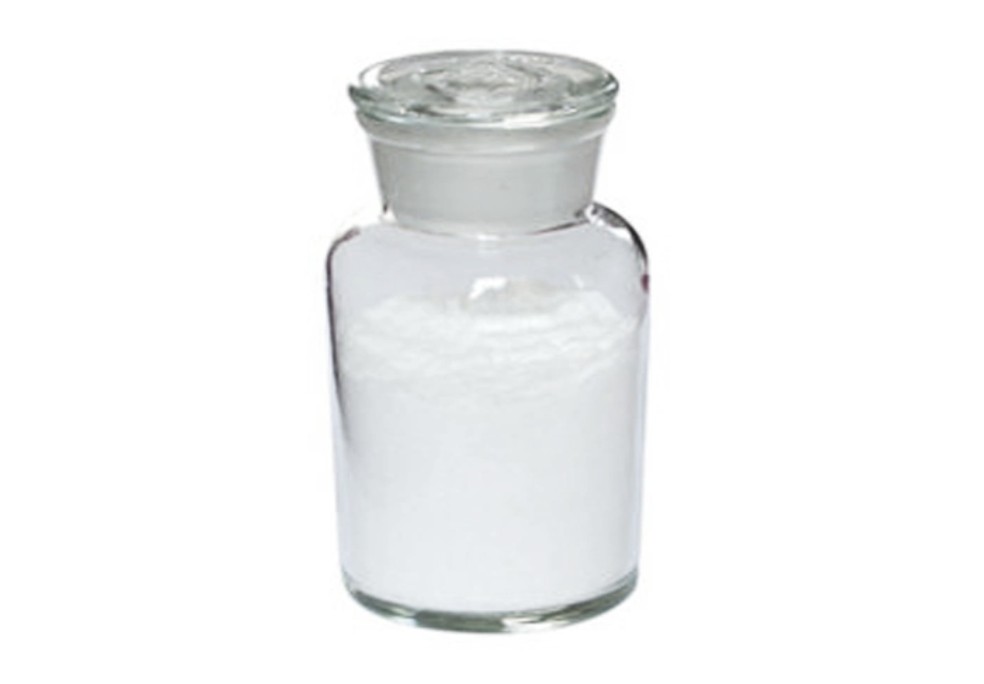Pramipexole
Sinonieme: Mirapex, Mirapexin, Sifrol;
CAS nommer: 104632-26-0
Molekulêre gewig: 211.324 g/mol
Molekulêre Formule: C10H17N3S
Voorkoms: wit kristallyne poeier
Pramipexole is a dopamine agonist belonging to the same class of drugs as Cabergoline. The primary purpose of this drug is in the treatment of Parkinson's disease. Pramipexole is most commonly found under the brand names Sifrol, Mirapexin and Mirapex, although generics are also available. Mirapex is the most well known brand by Boehringer Ingelheim Pharmaceuticals. Along with treating Parkinson's, Pramipexole is also prescribed for the treatment of restless legs syndrome. The drug has also shown promising signs in the treatment of bipolar depression, although it has never officially held this label.
Pramipexole is a dopamine agonist that directly correlates with the prolactin hormone. As dopamine levels in the body go up, prolactin levels go down. It does this by having a direct effect on the dopamine D3 receptor. Although it also acts on the D2 receptor its affinity for the D3 receptor is seven times greater than any existing dopamine agonist.
The effect of Pramipexole on the D3 receptor has a strong impact on the neurological system, which is why it's used to treat Parkinson's disease and in some cases Alzheimer's disease. Through acting on the D3 receptor, Pramipexole also affects a man's sexual interest and activity. Prolactin is in part directly responsible for a man's refractory period, which refers to the time it takes to recover from sexual activity so that performance can occur again. By lowering prolactin through an increase in dopamine, Pramipexole can directly reduce the refractory period resulting in the ability to perform sexually more frequently.






















